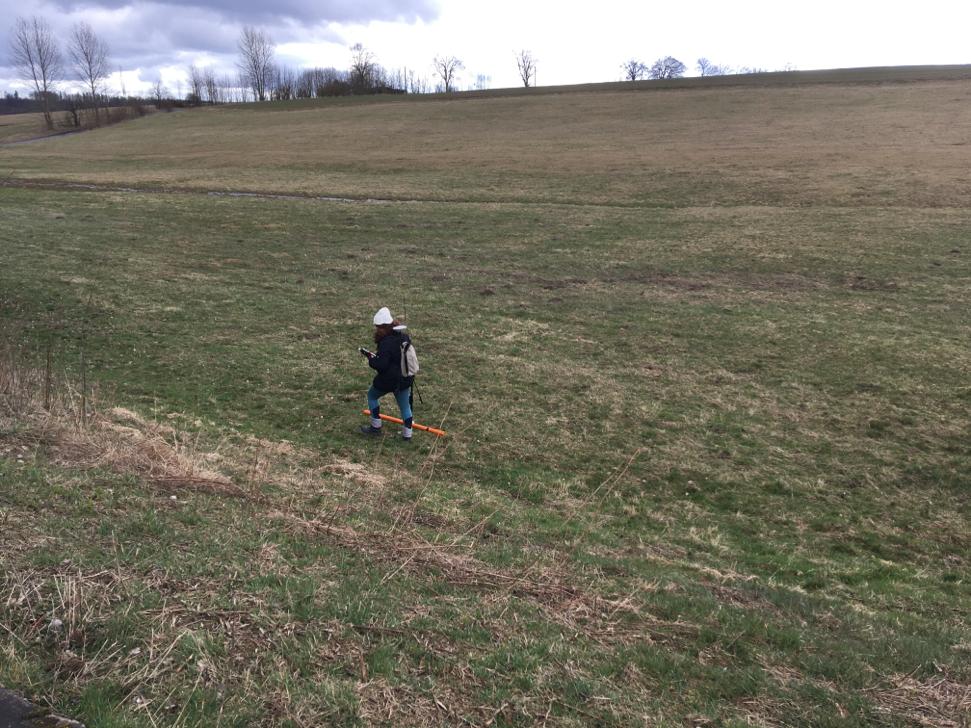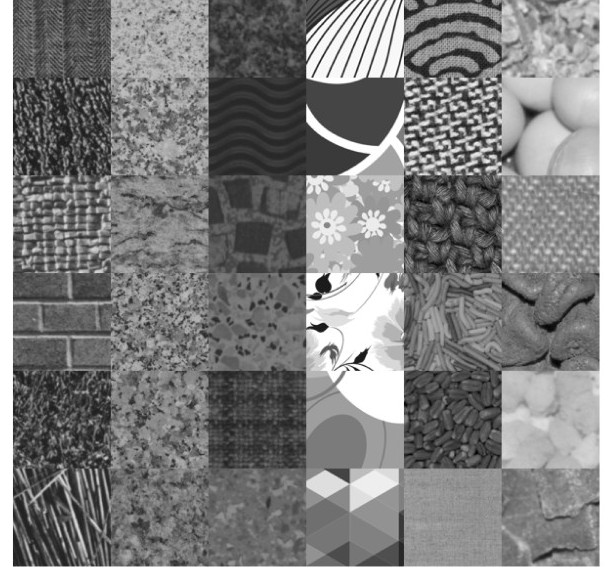
Inverse Problems in Geophysics
In this research line, regularization methods and resolution of integral equations are of particular importance.
With regard to linear problems, the relation between Krylov spaces and the spaces described by singular vectors will be studied. The latter are commonly used to describe regularized solutions, but their construction is complicated if applied to large scale problems. Recent studies has shown that Krylov spaces describe approximately the same environment if singular values tend to zero rapidly enough. It is also believed that a block formulation can further increase the efficiency of the algorithms. A new regularization method already introduced, will be further analyzed in the case of regularization problems in both standard and general form, and its extension to nonlinear problems will be studied.
In the context of nonlinear phenomena, we also intend to investigate directly the application of classical regularization methods, such as Tikhonov and TSVD, to nonlinear ill-posed problems in applied Geophysics, instead of their usual application to the linearizations introduced by iterative methods. Preliminary results have shown that the introduction of regularization operators based on non-Euclidean norms, even if they introduce a further nonlinearity to the initial problem, are able to reproduce more effectively discontinuity in the solution, the presence of which is justified in seismic prospecting or EM in stratified soils.
The numerical resolution of the obtained models requires advanced nonlinear optimization techniques. In this regard, new 2-phase algorithms are being studied in order to accelerate geometric methods in Holderian metrics that use, at each iteration, a set of possible Lipschitz constants. The global optimization techniques already studied will also be modified, in order to introduce regularizing terms that can effectively control the error propagation due to the ill-conditioning of the problem. For these methods, convergence and stability will be demonstrated in appropriate functional spaces, the complexity of the calculation will be studied and a large numerical experimentation will be carried out to verify the accuracy of the results and the reduction of the computational cost.
The numerical resolution of some types of integral equations will be analyzed in detail. We will study integral equations of the first kind involved in the study of the electrical conductivity of the subsoil and Cauchy singular integral equations which are found in the theory of elasticity. For these kind of equations, Nystrom and / or collocation methods for equations on limited and non-limited intervals will be proposed, based on quadrature formulas of Gaussian and anti-Gaussian type. The study of nonlinear evolution models of integrable kind also leads to particular Volterra equations. Two non-linear integrable PDEs will be analyzed: the Korteweg-de Vries equation and the nonlinear Schroedinger equation. Ongoing research allows us to affirm that, to obtain an approximation on the whole half-plane, it is sufficient to solve the equation on a special triangle (computational triangle) whose amplitude basically depends on the initial solution of the equation. Numerical resolution can be obtained by considering a finite difference techniques. However, it presents an excessive calculation complexity in view of its use in engineering applications. For this reason, a possiblity could be to think of a non-standard finite element technique based on the use of minimal support box-splines and a Galerkin approximation. Numerical experimentation will get benefits from the exact solutions reported in literature.
The research program related to inverse problems in Geometrical Optics can be described as follows:
- Extend the results in literature to the more realistic case in which the medium is not homogeneous and anisotropic by determining the system of differential equations that must be satisfied by the refractive index of the medium. One of the possible approaches is to use Fermat's (variational) principle, taking into consideration the addition of the anisotropy tensor. In particular, one of the problems deriving from this approach concerns the geometry of the different sets of curves. In the isotropic case, it has been shown that in order to solve the inverse problem, the set of curves must necessarily be a normal congruence. It is therefore necessary to determine the analogue condition in the more complicated anisotropic case.
- Develop numerical procedures for the solution of a differential equations system corresponding to the inverse problem. In particular, since the problem is formulated on an unlimited open set, reasonable conditions on the boundaries will be assumed so that the model can be integrated, if not analytically, at least numerically.
The mentioned regularization methods together with the procedures for the solution of the direct problem, formulated in differential or integral terms, will be used for the solution of geophysical imaging problems typical of seismic and EM investigation techniques. For both investigation methods, in particular, we will resort to the FWI and prestack and poststack migration, using both synthetic data and experimental data. For seismic, we will use the "SEG / EAGE salt model", "Sigsbee model" and "Marmousi model" datasets, available online and used by the geophysical community to test the tomographic inversion and migration procedures. For georadar imaging, on the other hand, the synthetic data will be generated with the opensource code "gprMax". The experimental data, both seismic and radar, will be acquired in test site.
The performance of the FWI depends not only on the adequacy of the solution of the direct problem in time domain or in frequency domain, but also on the solution of the non-linear inverse problem, which is still particularly problematic and for which there are some critical issues such as, for example, the likelihood of the starting models to be used in the iterative inversion process. To better understand this difficulty and find possible solutions, before performing the FWI of seismic data and multi-offset GPR data, the same will be pre-processed according to the conventional CMP (Common Mid Point) imaging stack technique, or according to the CRS (Common Reflection Surface) imaging stack for the generation of optimal starting models for the FWI iterative process. The same pre-processing will also be used for in-depth prestack migration.
Further experiments will concern inductive EM methods both in frequency domain (FDEM) and in time domain (TDEM). For both methods, experimental data will be acquired at well-known test sites. In particular, multifrequency or multicoil devices will be used for the FDEM.
On an environmental scale, the following types of data will be processed, coupled if possible:
- active seismic data,
- ambient noise data,
- GPR data,
- EM induction data,
- electrical resistivity and induced polarization data (also possibly spectral), with acquisitions on the surface or in a hole.
On an architectural scale, inversion strategies on the following types of data relating to valuable historic walls or real physical models can be tested:
- GPR reflaction data,
- GPR data for trans-lighting,
- electrical resistivity and induced polarization data, acquisition on one or two wall surfaces,
- sonic data.
In the microgeophysics field, some of the advances already proposed in the environmental or archaeological field can be tested or developed on a small scale. Time-lapse and multispectral thermographic techniques will also be researched, for which the application of information selection techniques and reduction of data dimensionality will be optimized, for example the main component analysis (PCA), on datasets larger than those found in literature.




